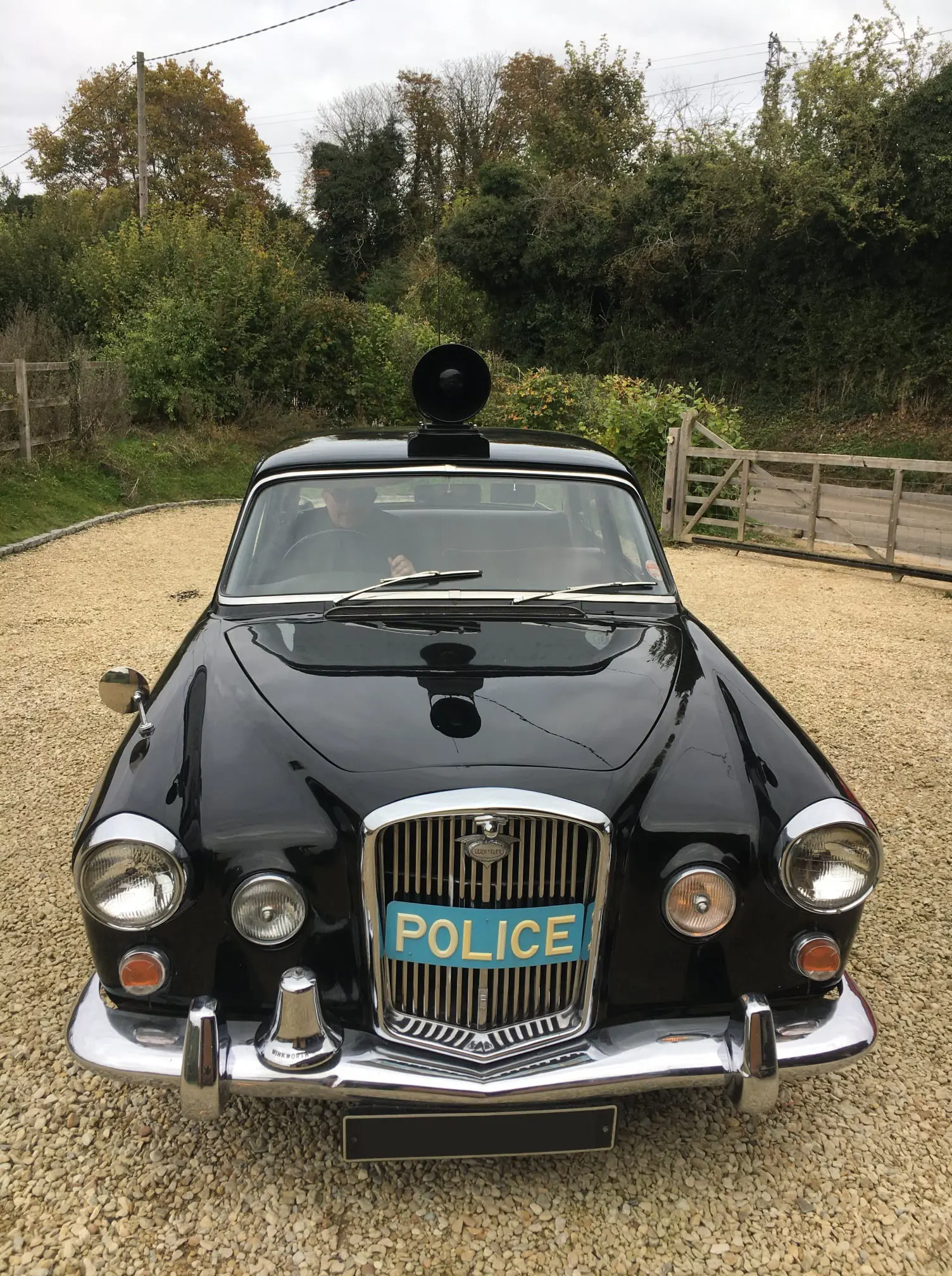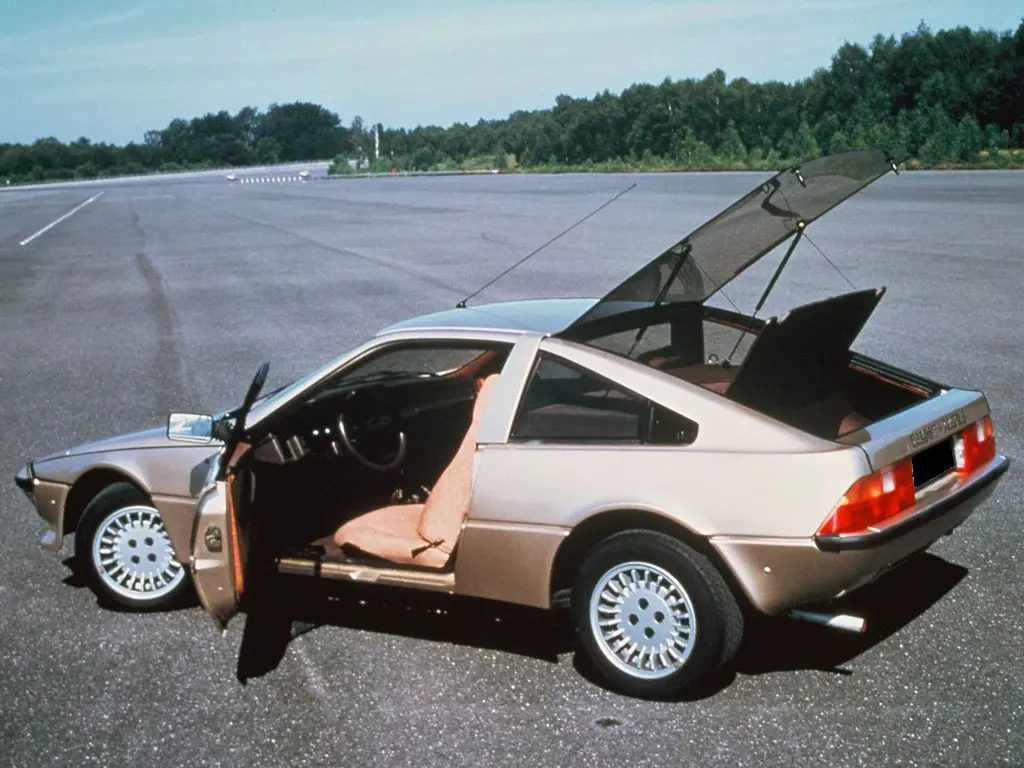HAPPY FATHER’S DAY
15 June 2023
Father’s Day will soon be upon us, so I would like to celebrate the return to the road of one of my parent’s projects – his 1983 Talbot-Matra Murena 1.6. Here is what I wrote about his previous projects in 2018:
“There was the two-stroke Saab that decided to engage the freewheel just when we were overtaking a bus, the Morris Minor 1000 Traveller that I was convinced was held together with blu tack and the Triumph TR4A, the first car that I recall being cranked with the starting handle. The Murena has been ‘in restoration’ for approximately three decades, but it will return to the road any moment now.”

And in recent months, it has! The gold Murena was a fixture in the garage for a long time, as seemingly immobile as Southampton Civic Centre, but now, Father can enjoy the only three-seater coupe with a transversely-mounted mid-engine layout in his community. Even if his first comment on taking his Talbot for a post-restoration drive was “I forget it did not have power steering!”.
Talbot launched the Murena at the 1980 Paris Motor Show. Your friendly local dealer could boast its drag co-efficient of 0.328 was then the lowest in the world for a mass-production mid-engine production car. They might also point out the fully galvanised steel chassis, a ‘first’ in a production car and a feature that would hopefully stop the Murena from suffering the corrosion problems of its Bagheera predecessor.
The Solara’s 1,592cc engine powers the paternal model and Talbot also offered a 2,156cc motor as featured in the Tagora, which also debuted in Paris. In May 1981 L J K Setright referred to “Murena the Marvellous” in Car and found it: “better than the basic Porsche 924, every bit as good as the Lancia Monte Carlo, and losing only in sheer agility to the Fiat X1/9, while it shows up the Porsche 911 as ill-balanced and inept”.

Meanwhile, Frank Page of The Observer anticipated the Murena’s “efficiently sleek lines and eager power could make it a collectable car in the future”, and The Telegraph similarly found it “remarkably quiet for a sports machine and feels superbly well balanced”. However, they also warned the Murena was “expected to be relatively expensive if bought to Britain, probably not much under £10,000”.
As the story goes, Talbot thought selling just 150 examples would cover the cost of an RHD conversion, but the management at the parent Peugeot SA did not believe the prospective market warranted such a version. Production ended in July 1983, with Matra developing the Espace for Renault. Some 10,680 units left the factory. Some 250 are believed to have made their way to this country, but my father’s example is one of a handful still on the road.
And now, as I am a Wolseley 6/99 owner, my youthful mockery of my Father’s cars has returned to haunt me. While the ‘Big Farina’ is a vehicle of true magnificence, my step offspring are all too eager to remind me of earlier members of my fleet that failed to move regularly. Happy Father’s Day…
